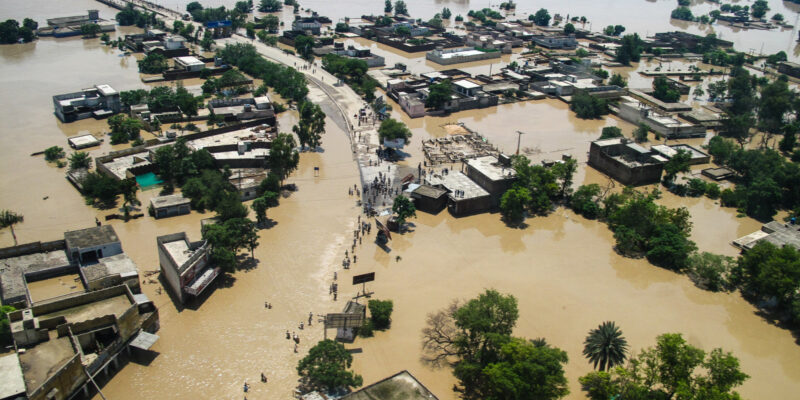Comment
Insights and expert analysis on climate issues.
Share


Is the 1.5°C limit still in reach? FAQs
Dr Carl-Friedrich Schleussner, Uta Klönne, Bill Hare
The Paris Agreement aims at “holding the increase in the global average temperature to well below 2°C above pre-industrial levels and pursuing efforts to limit the temperature increase to 1.5°C above pre-industrial levels, recognising that this would significantly reduce the risks and impacts of climate change”. Here we address some commonly asked questions.

2023 will shape the Loss and Damage fund for years to come – have your say now
Dr Olivia Serdeczny, Manjeet Dhakal, Sneha Pandey

Despite having 60% of the world’s solar resources the continent has less than 2% of the world’s investment in renewable energy. At COP27, there were calls to expand African gas, risking locking in high emissions, burdening their economies with stranded assets, and potentially losing out on major economic opportunities to invest in renewable energy and green hydrogen.

"If offsets are not real, additional and permanent – or if they’re used to continue fossil fuel emissions – then they will make climate change worse rather than better." — Bill Hare

Flooding in Pakistan: where vulnerability meets climate change, devastation can follow
Manjeet Dhakal, Dr Fahad Saeed
In the wake of the massive flooding in Pakistan, Fahad Saeed and Manjeet Dhakal explain how socioeconomic factors intersect with climate impacts in South Asia, compounding their effects on people and the environment. Based on the latest evidence from the IPCC, they break down what risks could emerge in the coming decades if warming is not limited to the Paris Agreement’s 1.5°C threshold.
